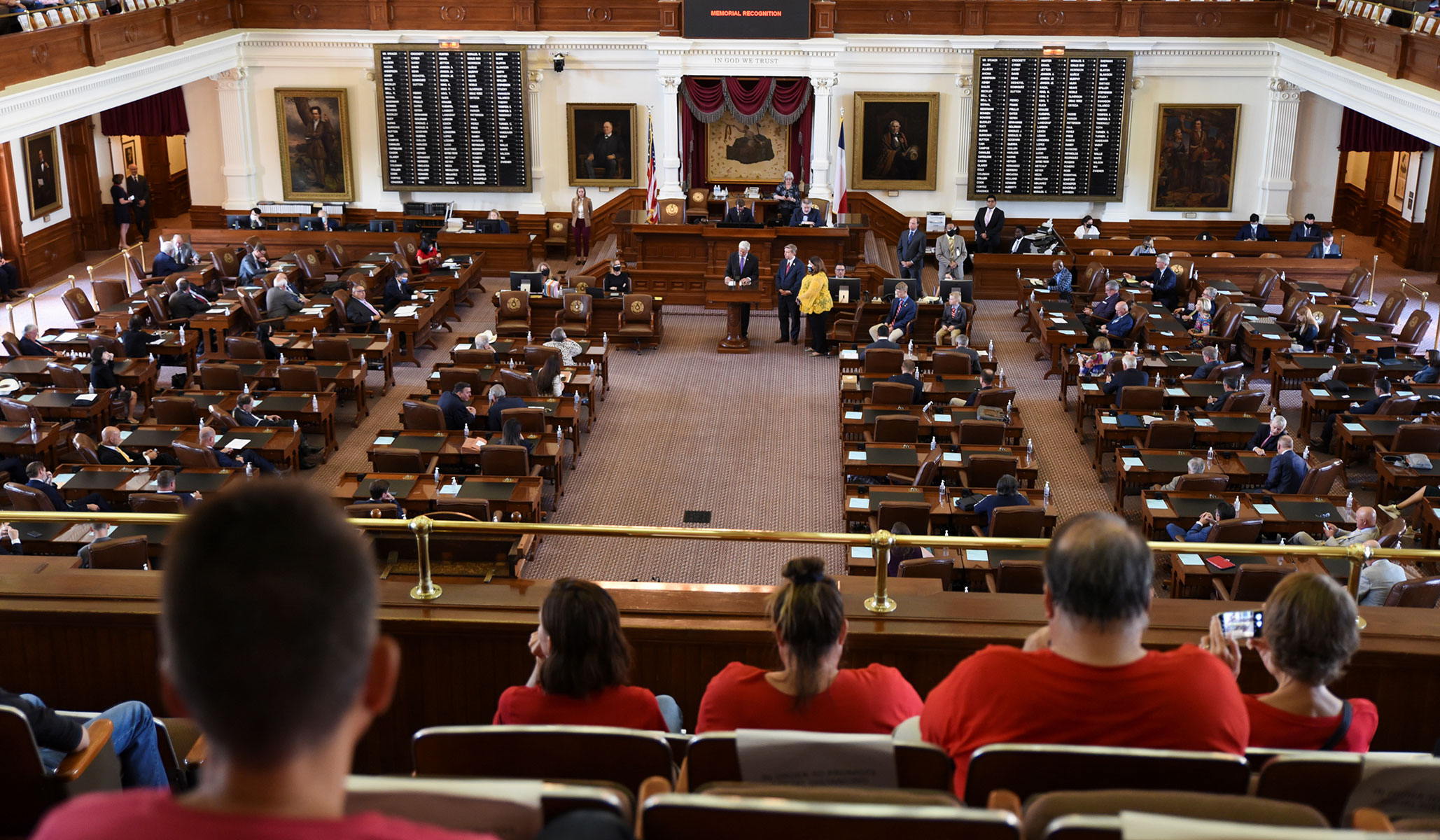


NRPLUS MEMBER ARTICLE T he Texas house just voted to spend $4.5 billion on the public-school system. So why can’t it find half a billion dollars to empower needy students? Giving teachers raises and increasing per-pupil funding is all well and good, but without genuine educational freedom, schools will continue to function as a government monopoly. And as always, parents and pupils will bear the costs.
Make no mistake: Government schools are a monopoly. In economics, an organization has monopoly power when its customers, subscribers, or users cannot seek other providers. Government schools fit this bill. It’s irrelevant that parents can “choose” among various public schools; by law, taxpayer funding is captive to the existing system.
Suppose Texas had a law that required all residents to buy their food from United Supermarkets. Families could shop at any United they wished, but not any other grocery store. Clearly, this law would give United significant monopoly power. Food would be pricey and scarce, while customer service would be almost nonexistent. Public schooling works the same way, as evidenced by ballooning costs, stagnant test scores, and the dismissal of parents’ legitimate concerns.
We can’t and shouldn’t abolish public schools, of course. School choice is a complement to the existing system, not a substitute for it. We just need to increase competition in the form of transferable funding. The way to ensure all Texans get a top-notch education is to embrace a bottom-up approach that lets families choose the public or private option that works best for them. And education savings accounts (ESAs), which allow families to use education dollars at the school of their choice, are an obvious means of accomplishing that goal.
So what’s the hold-up? The Texas house has been the chief hurdle for school-choice bills in recent legislative sessions. Rural Republicans in particular have dragged their feet, citing concerns about the financial integrity of their public-school districts. But they needn’t worry: Education savings accounts should improve student achievement without defunding rural schools.
School choice is very popular in Texas. Sixty-nine percent of adults and 76 percent of parents approve. The numbers are sometimes even higher in rural districts, often exceeding 80 percent support. Rural Republicans in the Texas house have good intentions, but their actions put them in direct opposition to the will and well-being of their constituents.
Rural representatives worry that school choice will harm their districts’ schools. With such a limited pool of students in some rural areas, the argument goes, allowing transferable funding could mean that the funds needed to maintain public schools in those areas fall below the necessary minimum. Superintendents and other government-school officials often make this argument, and rural Republicans have been more sensitive to it than to the needs of their districts as a whole.
School-choice defenders rightly note that the rural-school counter-argument doesn’t survive basic scrutiny. Here’s an example. The city of Plainview, Texas (population 20,000), lies roughly an hour from both Lubbock (261,000) and Amarillo (201,000). Private-school options are much scarcer in Plainview than in either Amarillo or Lubbock, which makes sense given how much smaller Plainview is. Suppose Texas creates a universal ESA program. Are parents in Plainview really going to drive an hour both ways to send their kids to private schools? Perhaps a few would. And perhaps a few would use the money to explore homeschooling, micro schools, and similar options. But this won’t be enough to threaten the financial integrity of Plainview schools. Precisely because outside options are scarce, students will stick with what they have. Plus, most rural districts don’t have larger population centers a mere 50 miles away. The Plainview scenario shows that even on the least favorable assumptions, rural districts will do just fine if Texas institutes ESAs.
Rural residents are happy with their public schools. That’s why transferable student funding isn’t a threat. If an ESA passes, life in rural districts won’t get worse. In fact, if similar school-choice efforts in other states are any indication, things may even improve. Arizona has long been a leader in school choice, and its rural schools are flourishing. At a time when rural test scores across the nation have fallen, they’ve risen in Arizona’s rural schools. This demonstrates that school choice doesn’t come at the expense of rural districts.
School choice works. It improves educational outcomes for participating students and has a host of beneficial secondary effects besides. In Texas, Governor Abbott and Lieutenant Governor Patrick have lined up behind it, and it’s now an official plank in the Texas GOP platform. So it’s time for rural Republicans to get on board. Their objections to ESAs don’t rest on thoughtful judgment and independence, but on a combination of misinformation and status quo bias. Let’s hope they choose the side of parental empowerment and student achievement — and that, if they don’t, their constituents demand accountability.
